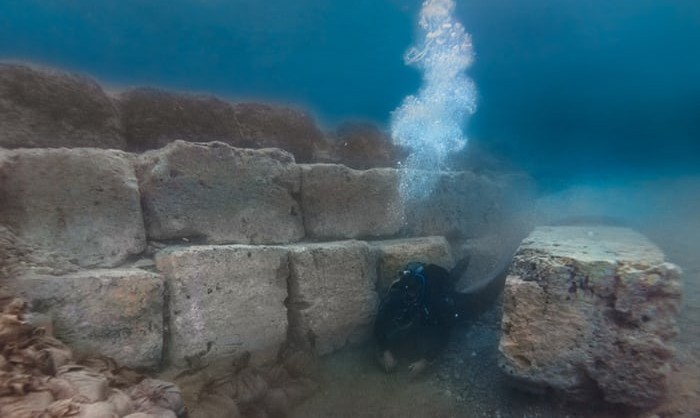Underwater excavations at the ancient harbour of Corinth have brought to light the engineering capabilities of the Romans. Members of the Lechaion Harbor Project are investigating structures built by the Romans in 44 B.C. in Lechaion, the ancient port of Corinth.
Foundations of two large structures are visible in the outer harbor, but most of the ancient port is covered with sediment. The researchers suggest that by the first century A.D., large moles and quays had been built in the harbor basins with five-ton stone blocks.

Pieces of wooden caissons and pilings used as foundations have also been found under the sediments. These remains can help archaeologists understand the Roman engineering process. An island in the middle of the inner basin may have served as a religious sanctuary, the base of a large statue, or a customs office. Seeds, bones, part of a wooden pulley, anchors, fishhooks, and ceramics from Italy, Tunisia, and Turkey have also been recovered.
source: archaeology.org


































